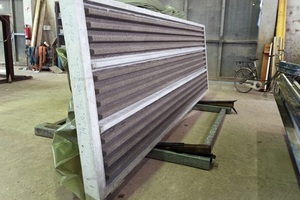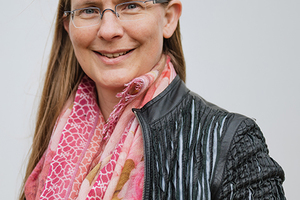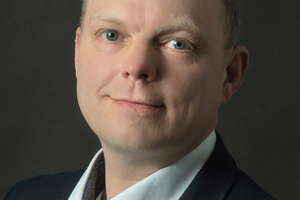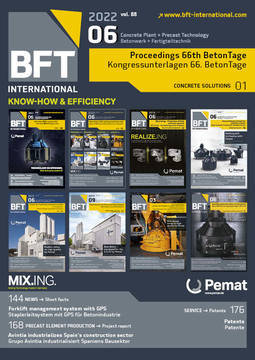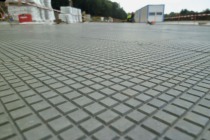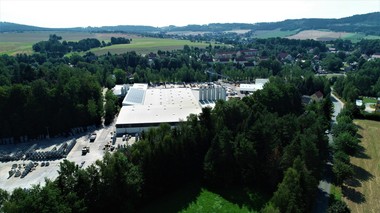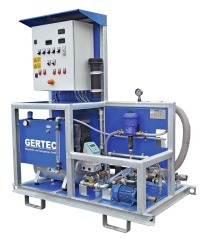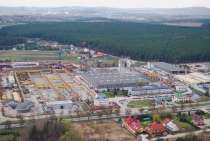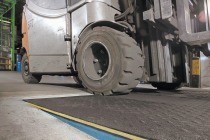Resource-minimised textile concrete noise protection elements - Same performance with ⅓rd concrete volume
For health protection, the presently more than 240 km and/or 8.8 million m² of noise-protection walls already installed in Germany are being continuously extended and replaced. Noise-protection walls of reinforced concrete, compared to aluminum, have a much higher resistance to environmental and operational influences, but also have significantly greater weight. In a publicly supported project (Förderprogramm ZIM, BMWi), conducted jointly by the precaster Eudur-Bau GmbH & Co. KG, the Chair of Concrete Construction and the Chair of Building Materials at TU Dortmund, a new supporting structure of textile concrete has been designed, manufactured and extensively investigated. With the use of non-metallic reinforcement structures, reduction of the concrete cover is possible down to the minimum required for the bond. The combination of textiles made of carbon fiber and GRP bars in a cross section optimized for the design and complexity of manufacture enables reduction of concrete volume by two thirds. After small-scale bending tests for adapting the properties of the material and of the cross-section, analysis took place of the members, based on large-sized component tests for members 5 m in length. The innovative noise-protection elements satisfy all requirements for serviceability and bearing capacity. The elements can be economically manufactured in a precasting plant. The significantly reduced total volume of the member results in reduction of the cement content by one half – by which CO2 emissions can be cut to below 60 % relative to the cement production. The reduced transport costs for the constituent materials and for the noise-protection walls also reduce emissions as well as contribute to cost efficiency.

